Explanation
Bukhansan Mountain was officially designated as a national park in 1983. Bukhansan National Park covers both Bukhansan and Dobongsan Mountains, and spans a total area of 80.699 ㎢. At the top of Bukhansan Mountain are Baegundae Terrace (835.6 m), Insubong Peak (810.5 m) and Mangyeongdae Terrace (799.5 m), which gave the mountain the nickname "Samgaksan" or the "three-horned mountain." The mountain had other names: Sambongsan (mountain with three peaks), Hwasan (flower mountain), and Buaak (mountain shaped like a person giving a baby a piggyback ride). The current name, Bukhansan, was given after the Bukhansanseong Fortress was built under King Sukjong of the Joseon dynasty.
Inquiry
+82-2-909-0497
Homepage
Information Use
Contact and Information : +82-2-909-0497
Parking facilities : Available (Bukhansanseong Parking Lots 1 & 2, Jeongneung Parking Lot)
Day off : * Subject to abrupt closure due to adverse weather conditions.
More information
Mountain Not Access Period
Period of restricted access for fire-prevention and natural scenery maintenance, natural environment protection, and forest protection
[Hiking Trails]
Spring: March 2-April 30 / Fall: November 1-December 15
[National Park]
November 15-December 15 (Except Gyeongju & Taean shoreline)
* TBD by park directors based on fire weather advisories, precipitation levels, and other local conditions. Refer to the official website.
Restricted Mountain Areas
* Refer to the website (hiking.kworks.co.kr)
Natural Preservation Areas (closed to public)
* Jeongneung Ravine: Bottom of Cheongsupokpo Falls - Sujungbo - Neopjeokbawi Rock / Cheongsupokpo Falls - 30 m upper Cheongsucheon Stream / Bottom of Cheongsupokpo Falls - Jeongneung Ticket Booth Bottom: until 2026
* Insucheon Stream (Boundary between Hanilgyo Bridge - Jeonggyeongdae): until 2026
* Ui Ravine (200 m south of Ui Office - Former Baegun Ticket Booth): until 2026
* Gugi Ravine (Gugi Office - Shelter 4): until 2026
* Pyeongchang Ravine (Pyeongchang Ticket Booth 2 - Above Dongnyeongpokpo Falls): until 2026
* Sagimakgol Ravine Entrance - Bridge to an Army Base: until 2027
* Songchu Ravine (Songchu Railroad Bridge 1 - 3, Obong Three-Way Intersection): until 2026
Restrooms
Available
Location
262 Bogungmun-ro, Seongbuk-gu, Seoul
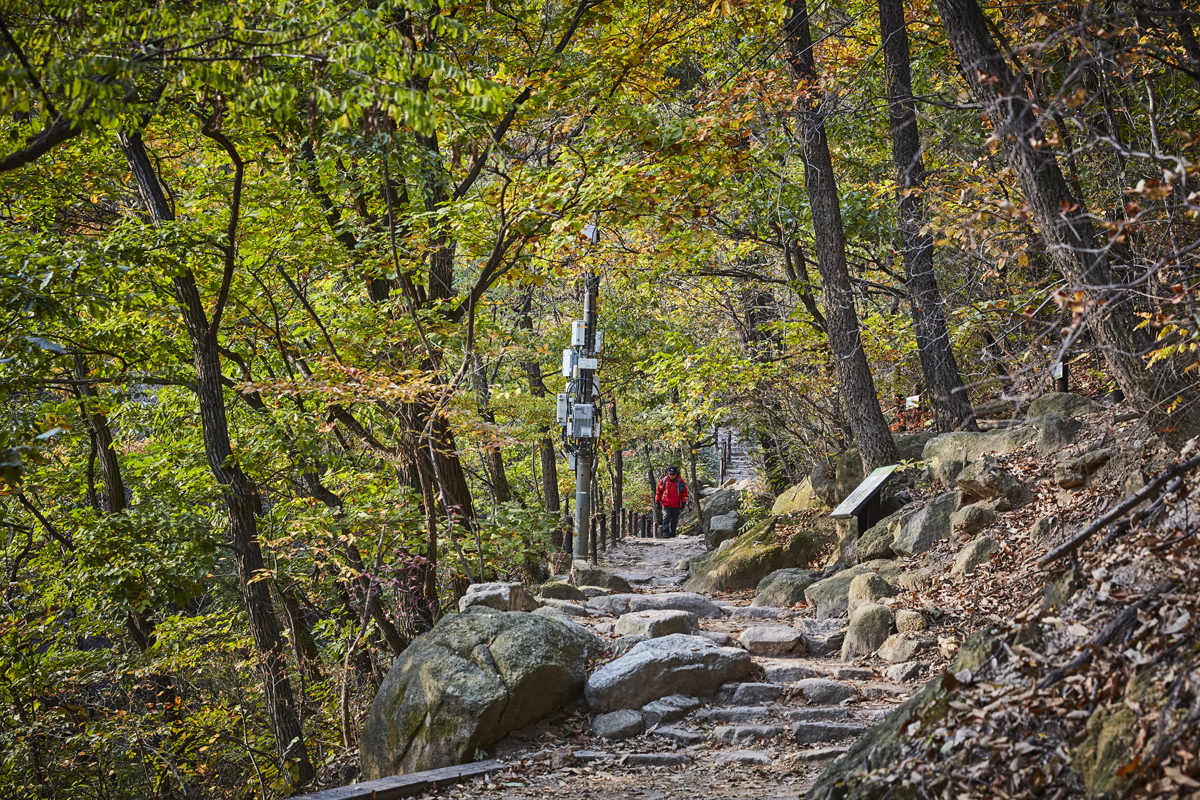
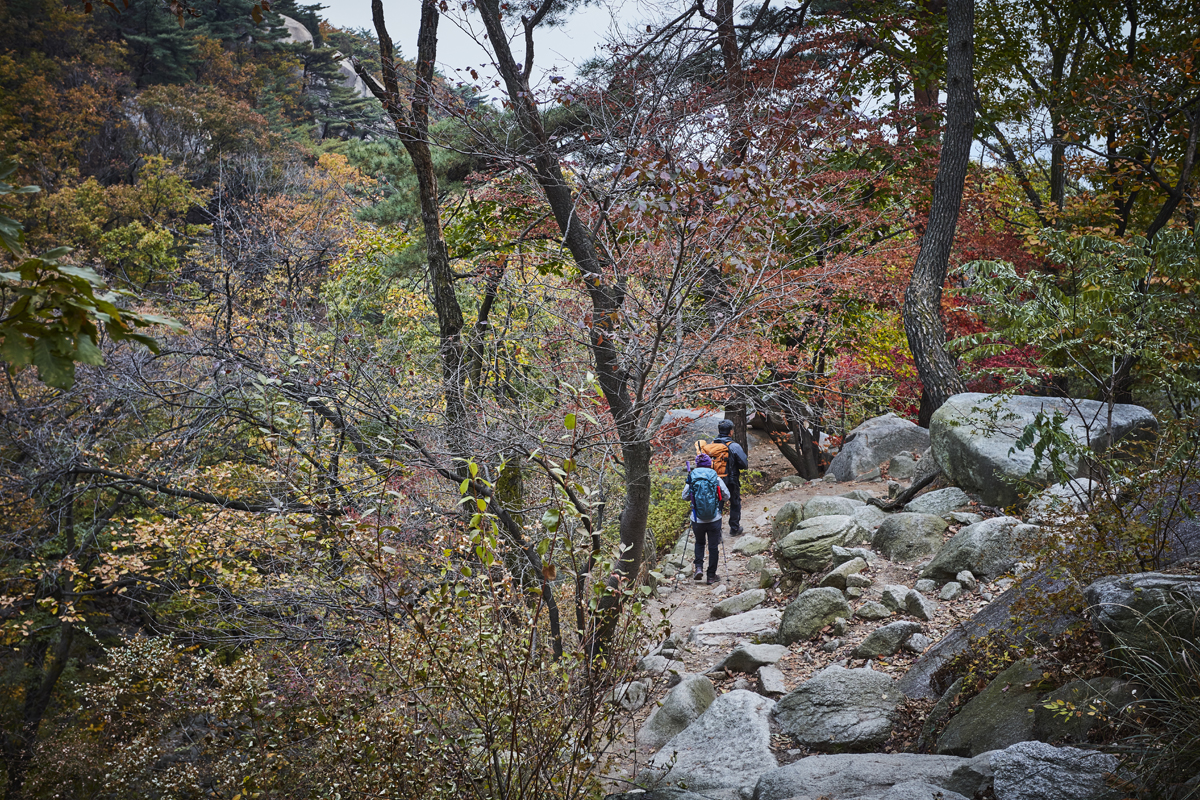
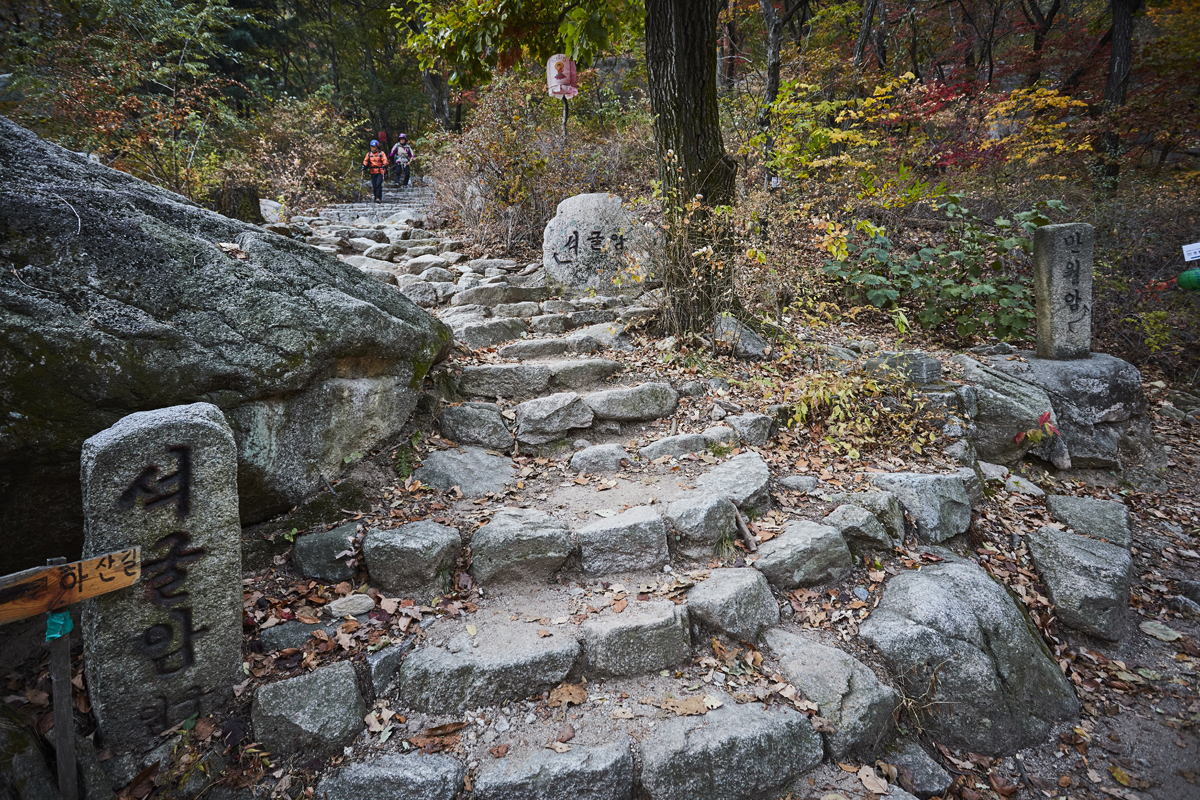
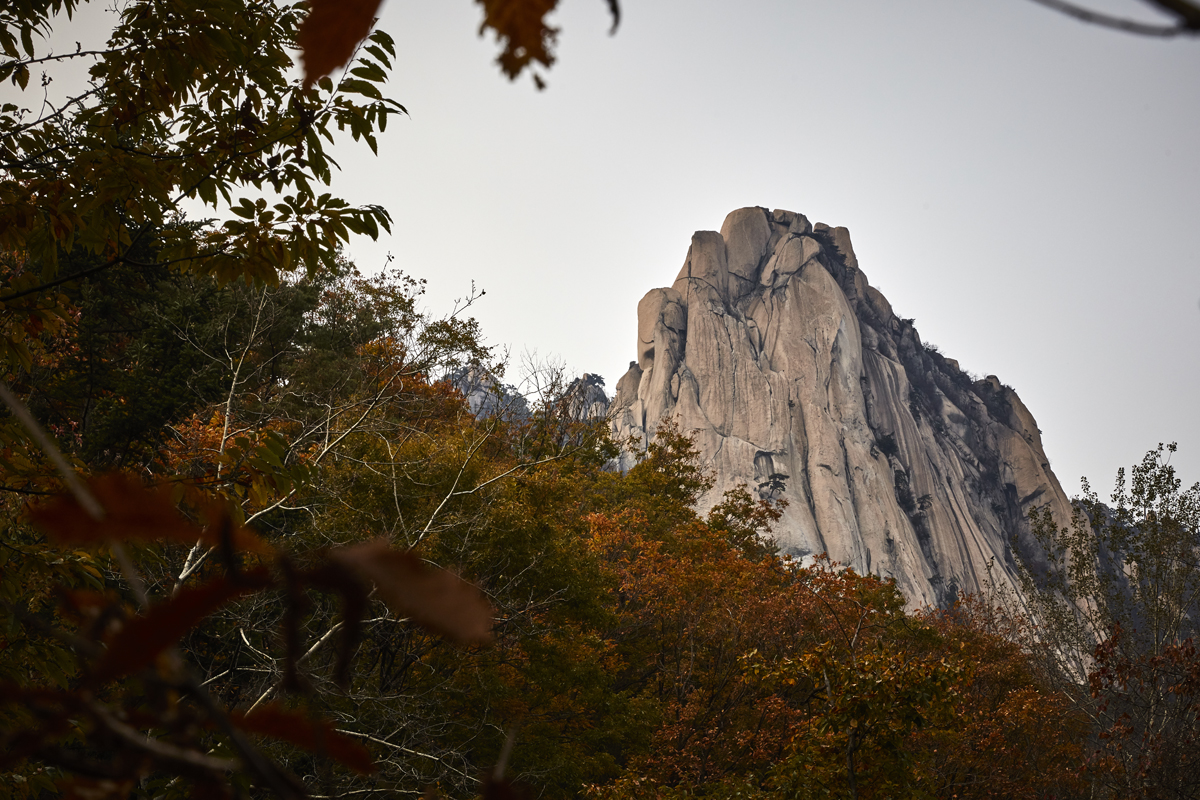
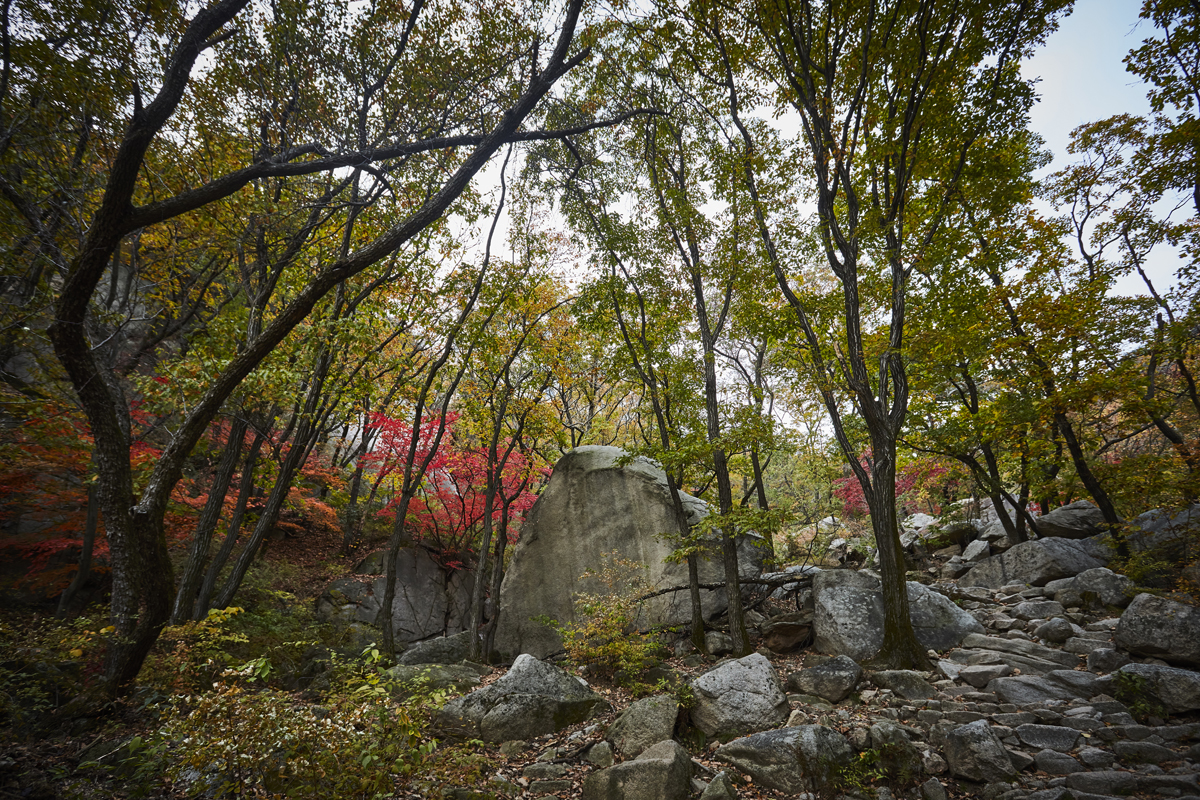
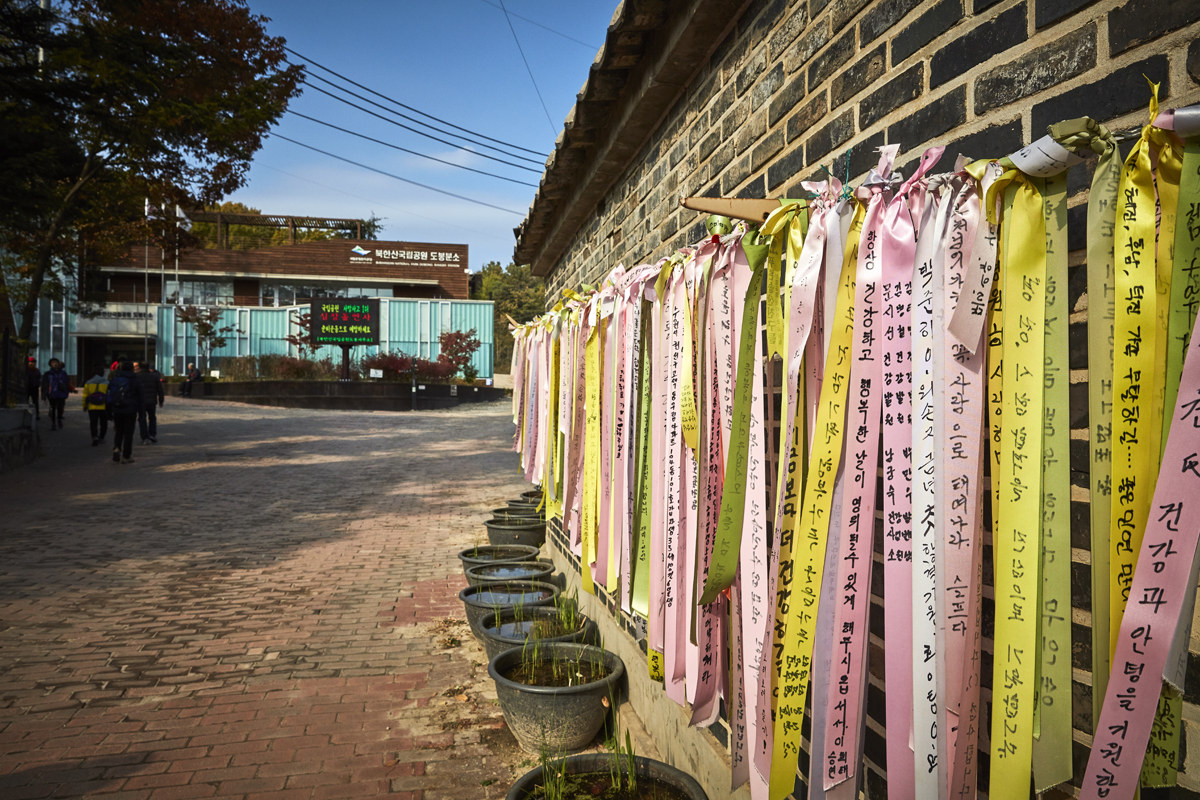
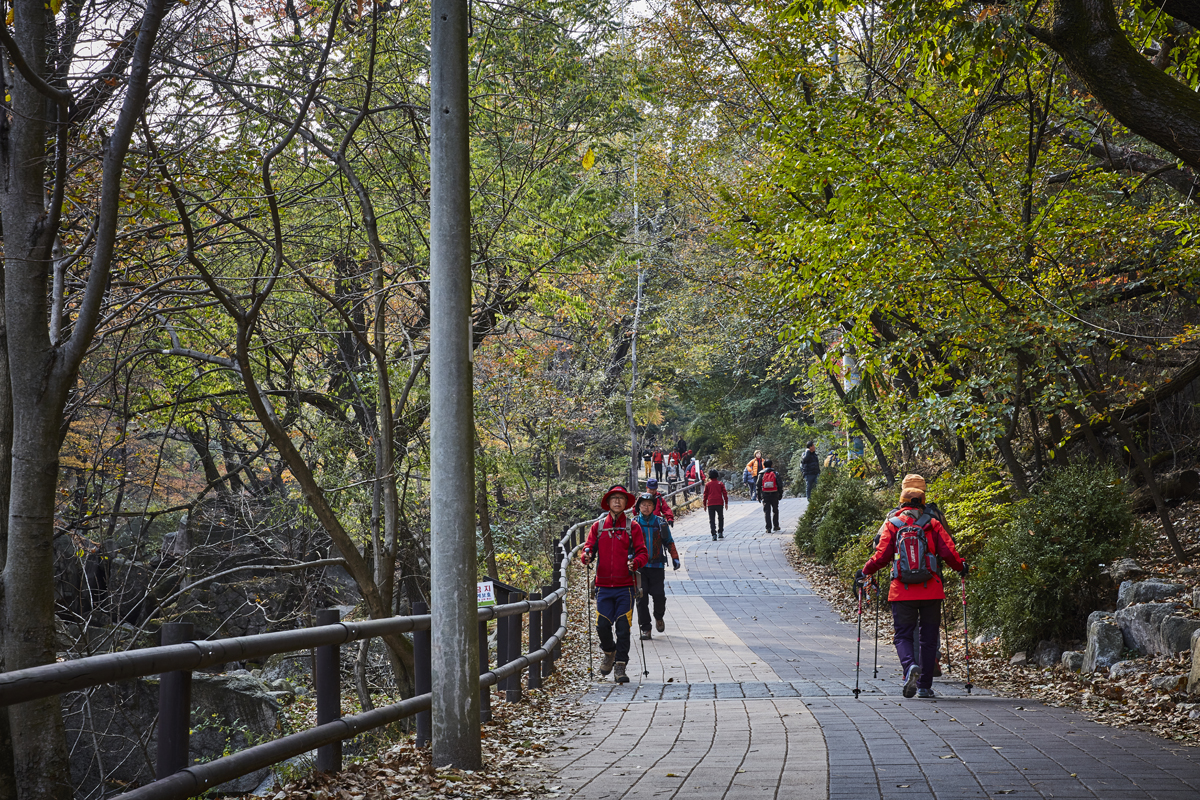
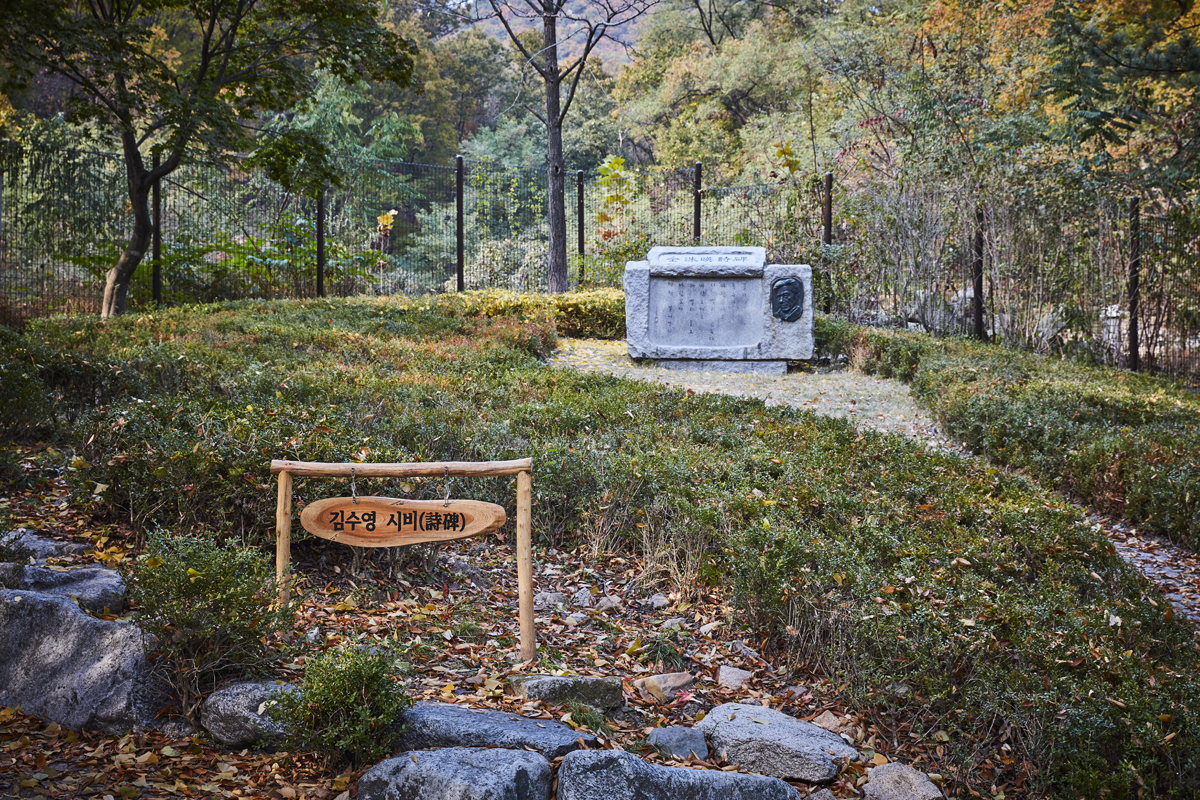
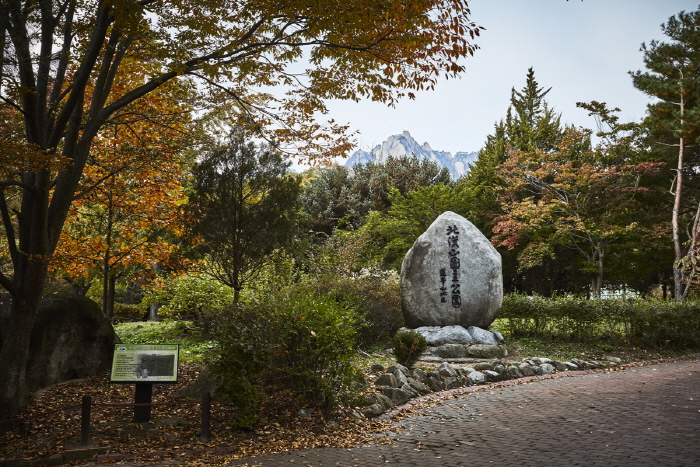
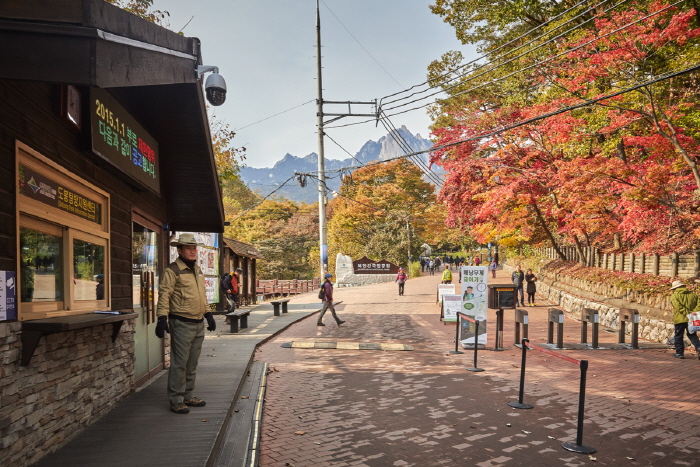
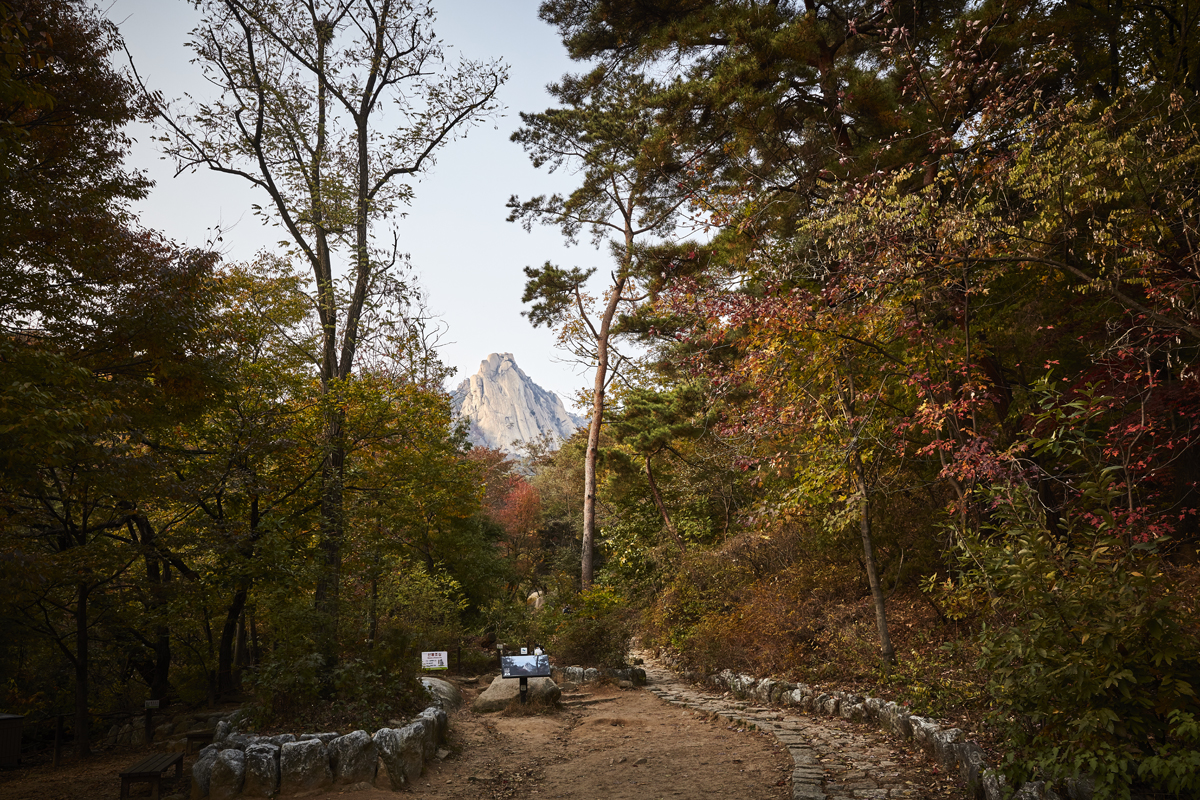
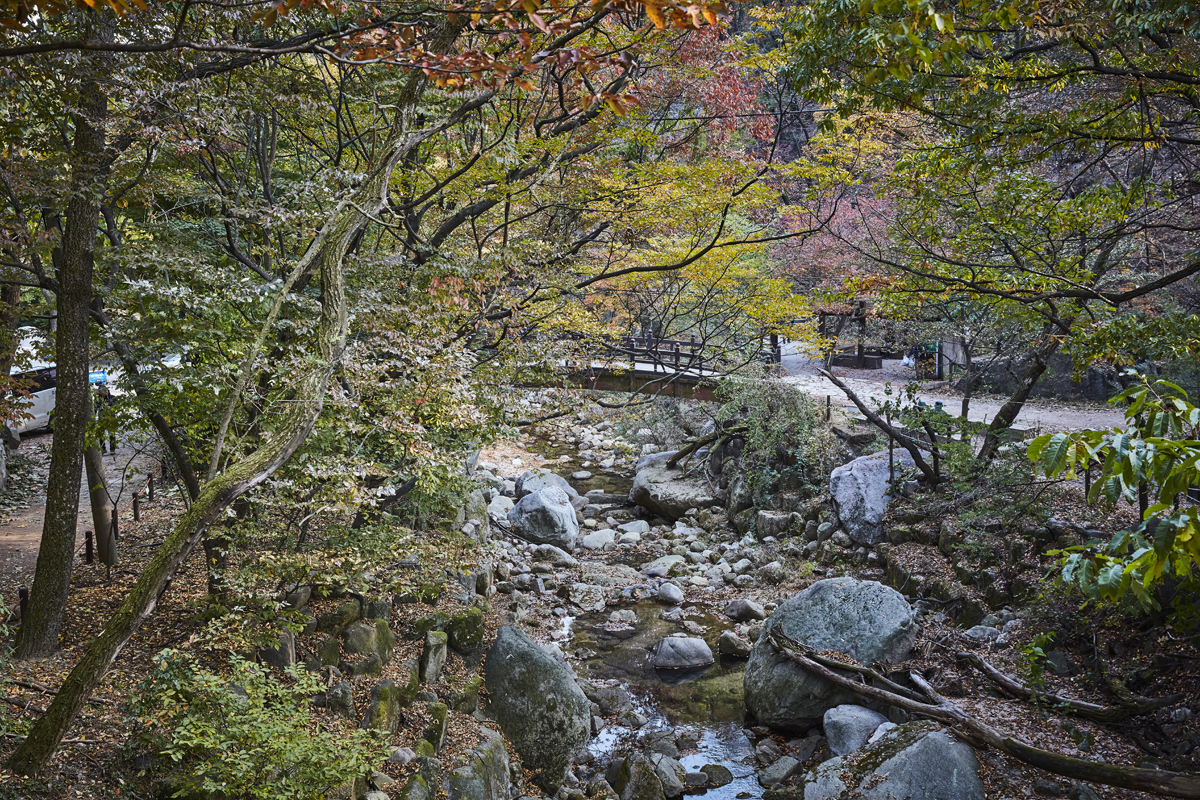
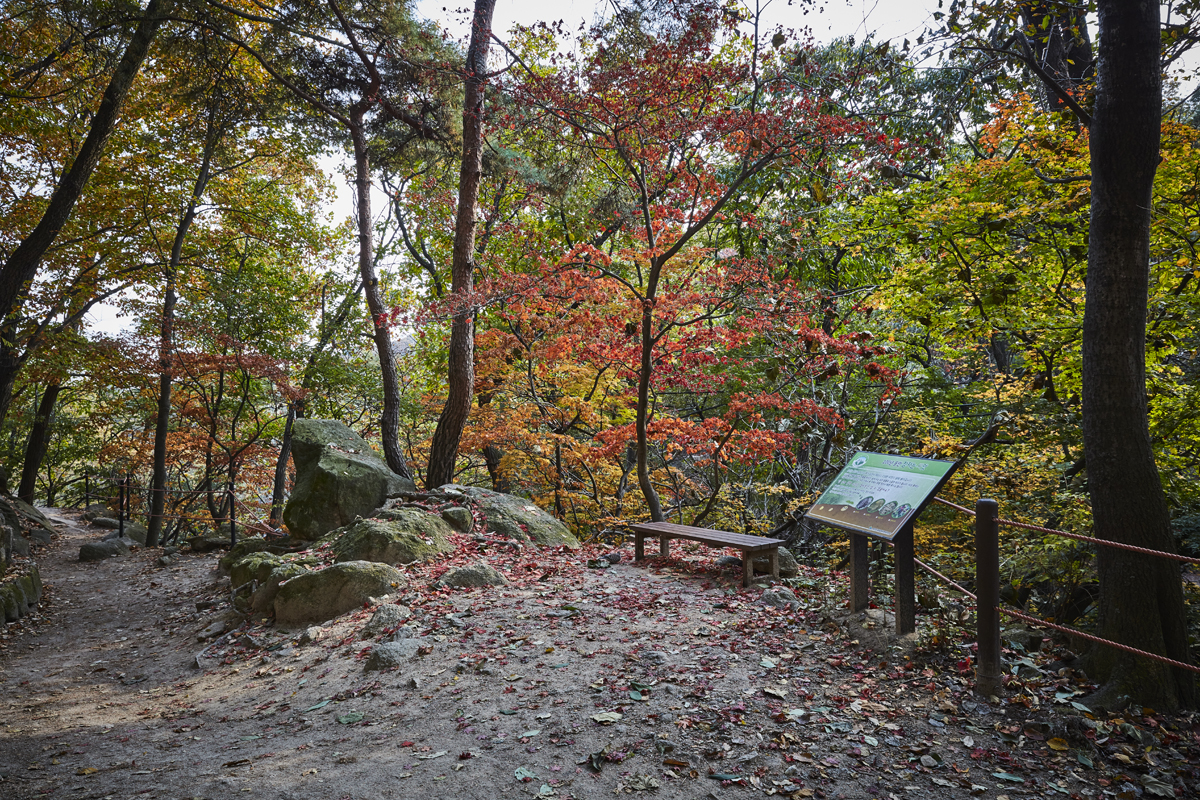
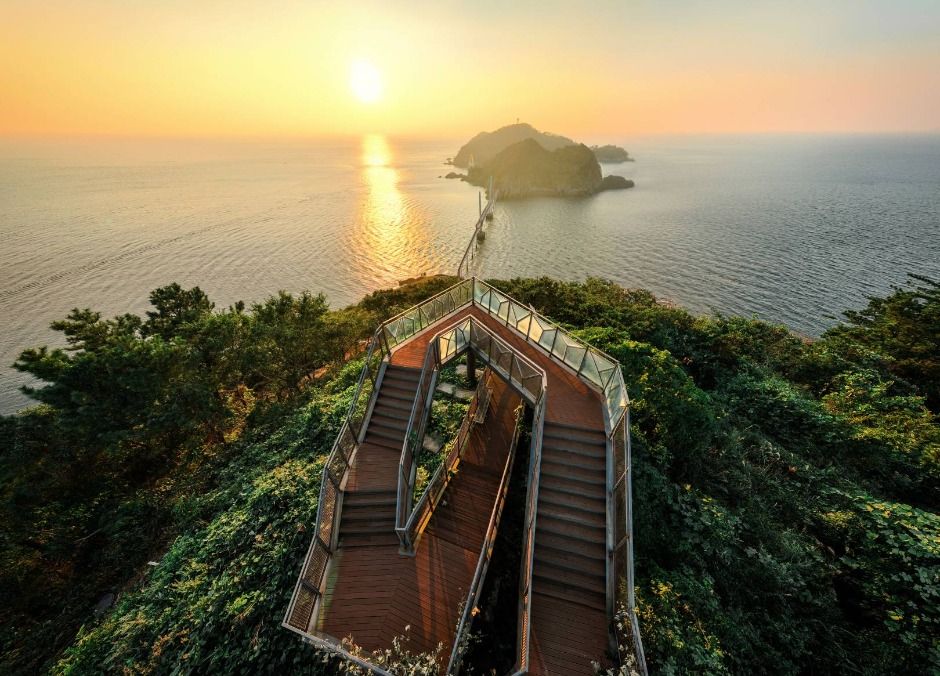
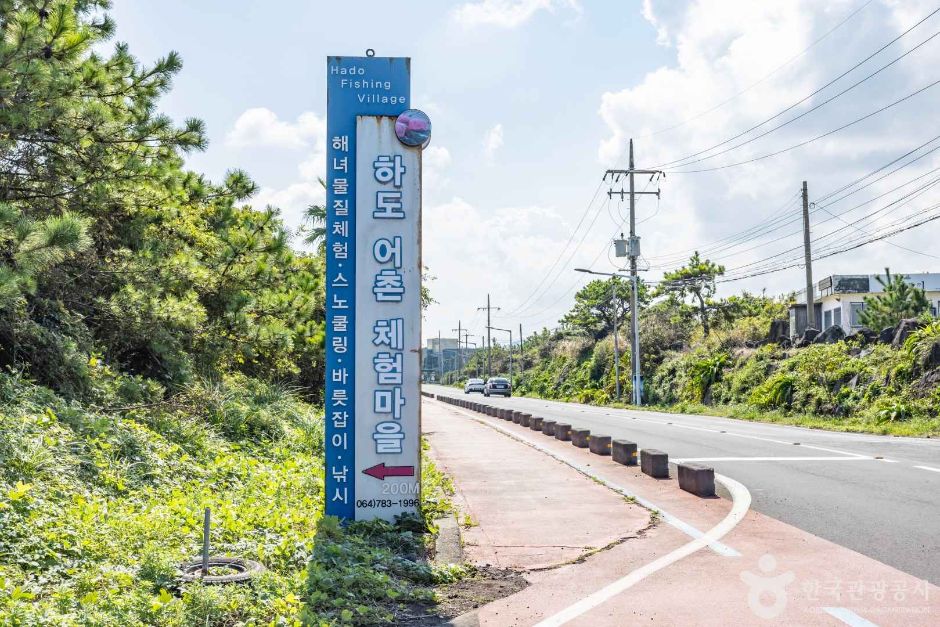
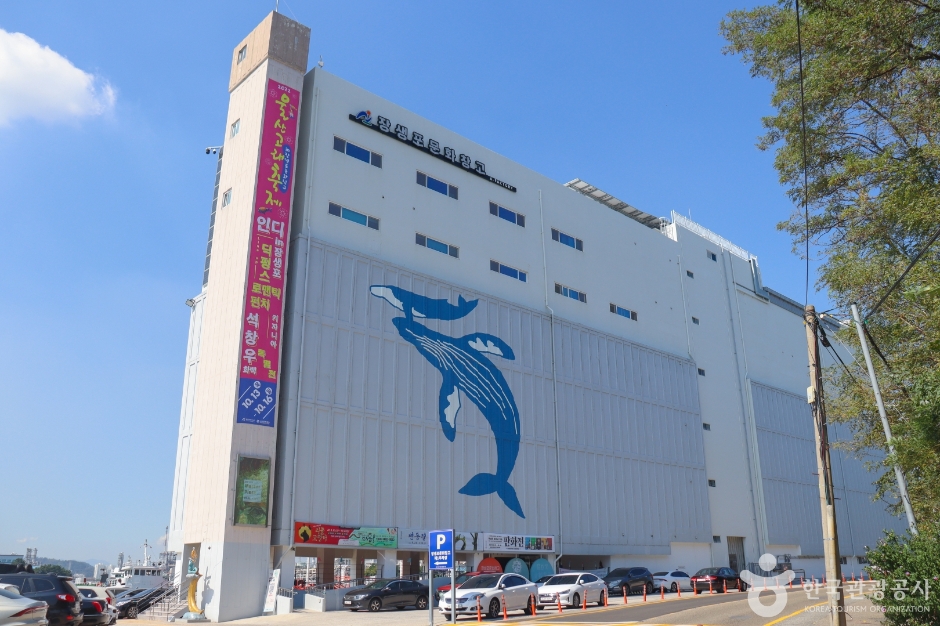
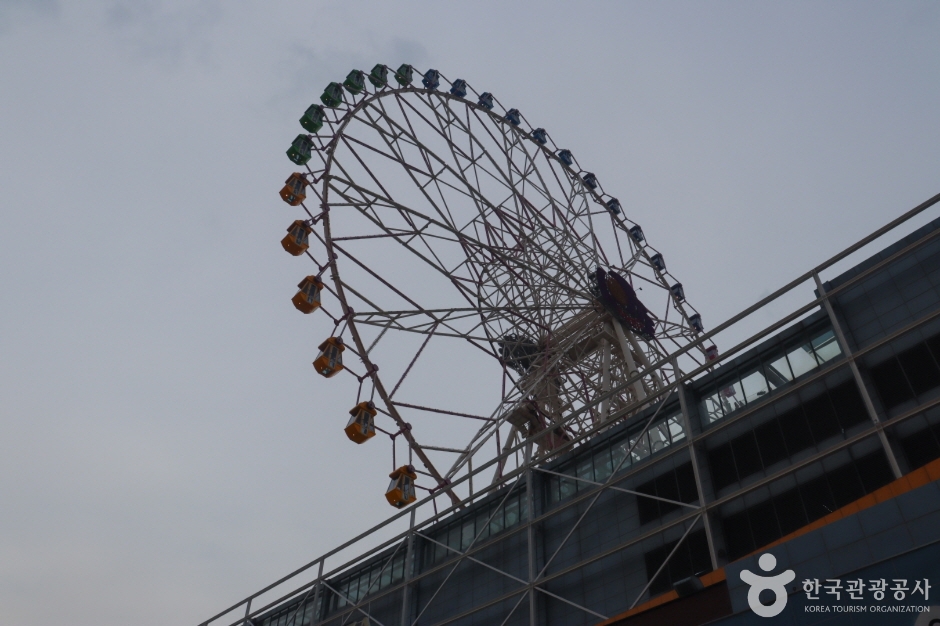

 English
English
 한국어
한국어 日本語
日本語 中文(简体)
中文(简体) Deutsch
Deutsch Français
Français Español
Español Русский
Русский